Tong li ancient town
Tongli Ancient Town belongs to Wujiang District, Suzhou City, Jiangsu Province. It was built in Song Dynasty. There are many gardens, temples, residences and former residences of celebrities built in Ming and Qing dynasties in the town area. Fifteen small rivers in the shape of "Chuan" separated the town into seven islands, while 49 old bridges connected it into one, known as "small bridges, running water, homes".
Tongli's history can be traced back to "Songze Culture" and "Liangzhu Culture" five or six thousand years ago. As early as the Neolithic Age, there were ancestors here to slash, burn and breed. Superior natural conditions make it the richest place in Wudi, hence the original name "rich land".
Pre-Qin Dynasty has become a bazaar, which belongs to Wu County, Huiji County, and prosperous in Han and Tang Dynasties. In the early Tang Dynasty, it was renamed Tongli because its name was too luxurious. Shang belongs to the village and city, in Jiuli village. In the third year of Hou Liang Kaiping (909), Qian Si, king of Wu and Yue, demarcated the southern border of Wu County and the northern border of Jiaxing, and located Wujiang County. Tongli belonged to the Huahua Township of Wujiang County.
In the Song Dynasty, Feihua Township was officially established as Fanyu Township in Tongli. The old name "rich soil" is overlapped, and then the word is divided into two parts. The first half is "the same", and the second half is "the field" and "the soil" are added together to become "the same".
During the Yuan and Ming Dynasties, Tongli gradually moved to the south, because there were three East-West rivers in the town, forming the "Sichuan" type, also known as "Tongchuan". Tuncun became a market in the Han Dynasty, which was originally called Tunshi. It had reached a prosperous period in the early Tang Dynasty. During the reign of Song Jianyan, more than 1000 families lived here.
In Yuan and Ming Dynasty, Yi Shi was a village. In the 16th year from Yuan to Zhengzheng (1356), Zhang Shicheng's brother Zhang Shide, according to Wujiang, separated Tan Daoji to guard Dongguan of Tun City, and controlled Xiuzhou and Songjiang's two main choices. During the Jiajing period of the Ming Dynasty, hundreds of residents, more than half of whom were ironworkers, increased slightly and became self-employed. In the first year of Hongzhi in Ming Dynasty (1488), Tuncun belonged to Jiuyong Township, Wujiang County.
The administrative region was readjusted during the reign of Qianlong in the Qing Dynasty. Originally living in Tongli Town, watermen built houses on the freed River plug of several mu, which is also a bustling city, called "new land filling". The town continued to expand to the southeast. Xuantong two years (1910) to promote regional autonomy.
In the first year of the Republic of China, Tongli City Office was established.
In October 1985, Tongli Town and Township were merged to implement the system of town management.
Tongli ancient town was listed as one of the national scenic spots of Taihu Lake in 1980 and provincial cultural relics protection unit in 1982.
In 1992, it was listed as a provincial cultural relic protection town. In 2000, Tusi Garden was listed as World Cultural Heritage by UNESCO.
In 2010, it was assessed as a national 5A tourist attraction by the National Tourism Administration.
Folkways custom
Three bridges
It is a prayer activity for people to avoid disaster and pray for their children's blessings. The "Three Bridges" in the custom of "Three Bridges in Tongli" refers to three ancient stone bridges: Taiping Bridge, Jili Bridge and Changqing Bridge, standing on top of each other, less than 50 meters apart and sleeping quietly in the ancient town of Tongli. It is the treasure of Tongli Bridge in the ancient town.
In 2011, the people's government of Wujiang City (today's Wujiang District) announced the custom of walking three bridges in Tongli as the fourth batch of Wujiang City-level intangible cultural heritage list projects.
Lotus box
Lianxiang is a kind of folk self-made instrumental music which is popular in Jiangsu, Zhejiang and Shanghai. It generally chooses green bamboo with a length of one meter and an inner diameter of about two centimeters as raw materials. Artists make a perforation on the bamboo tube every 10 centimeters from the two ends. Two copper coins are embedded in the hole (the hole is slightly larger than the copper coin, which can shake the copper coin). They are fixed with screw nuts, and red, green and yellow silk ribbons are tied here. 。 Generally, three holes are punched at each end and three pairs of colorful ribbons are tied.
Beating lotus chamber is that artists hold lotus chamber and beat their hands, feet, arms, shoulders and legs with lotus chamber according to various methods with music. When dancing, the copper money in the lotus box will make a pleasant sound, and the colorful ribbons will fly up and down, which is very beautiful. At the beginning, lotus chamber artists were usually men, wearing white clothes and trousers, performing in temple fairs and major events. Later, the woman also played lotus box. Women often wear blue print shirts and blue cloth fragmented headscarves, dancing in various festive places and festivals.
Scenic spot evaluation
Chen Congzhou: Tongli is named after water. No water is different.
Mark, a senior lecturer at the University of Manchester, UK, said: "The real life of ancient town residents is perfectly integrated with historical buildings."
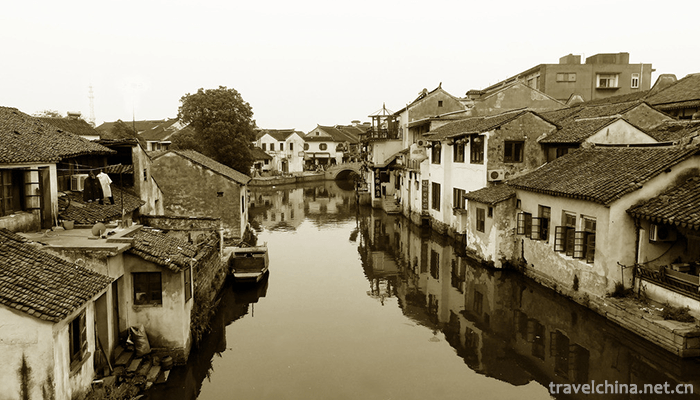
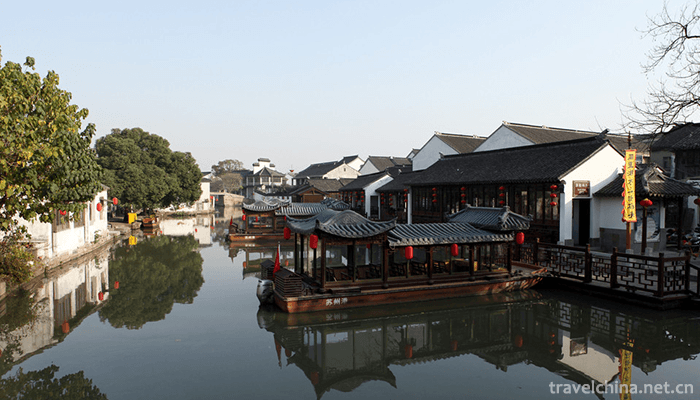
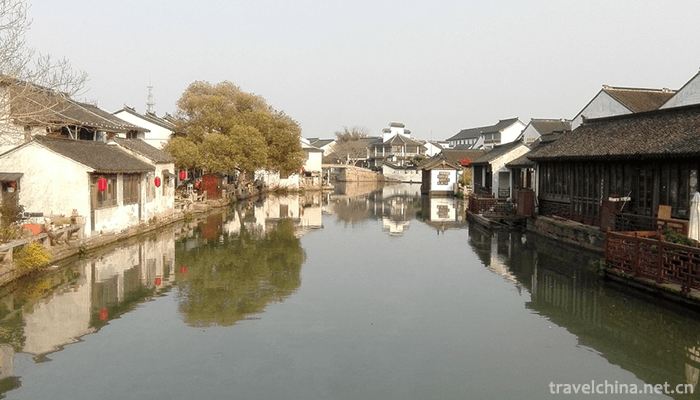

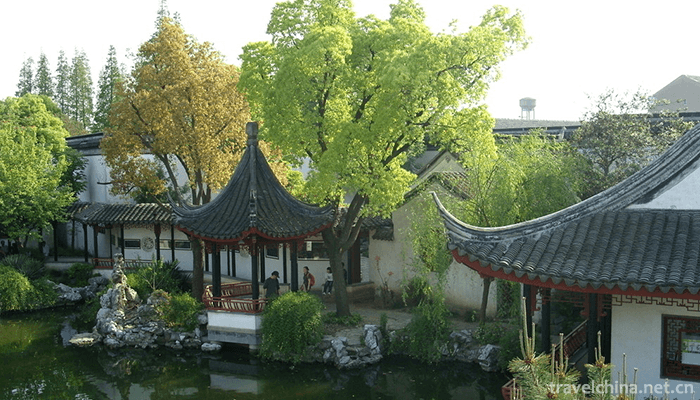

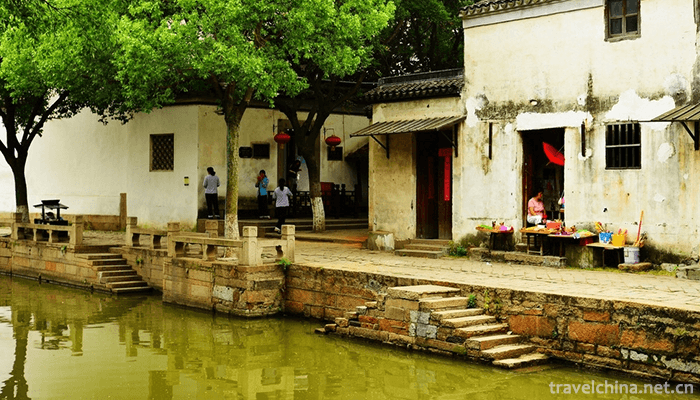

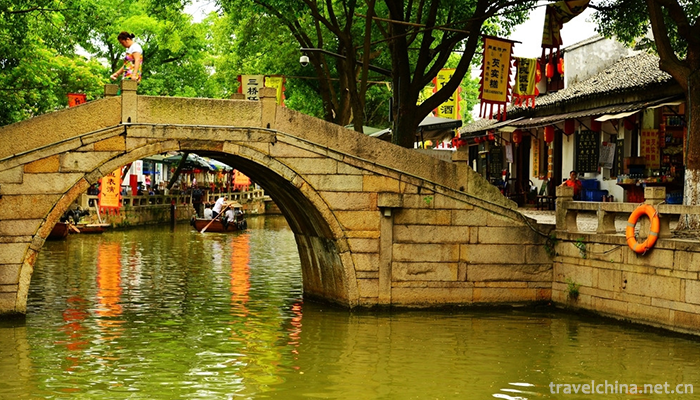
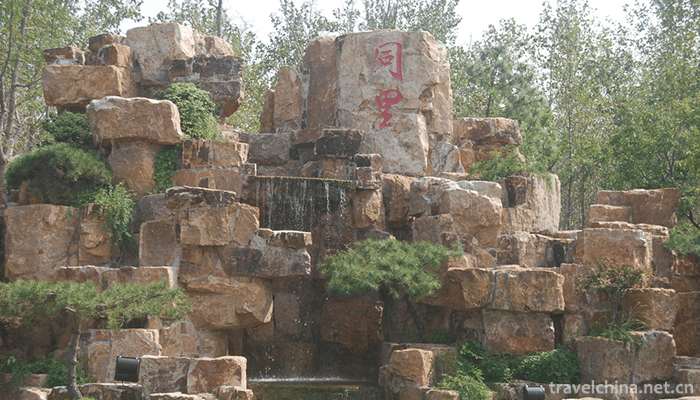
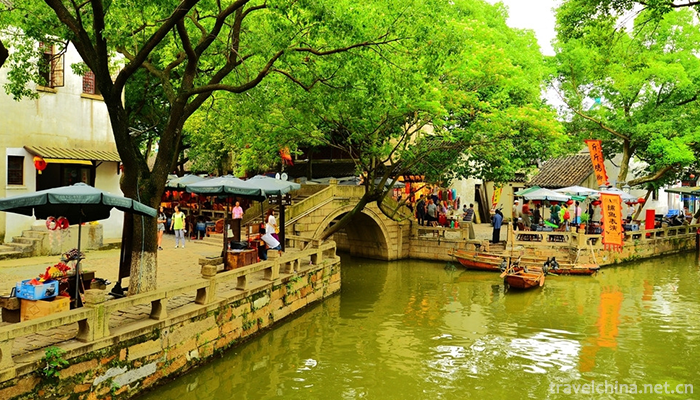
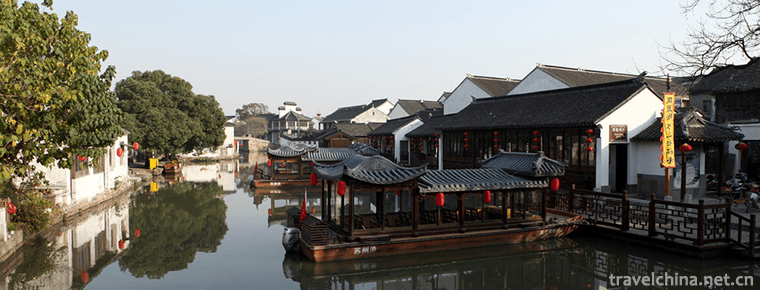
-
1.Tianjin Panshan Scenic Area
Tianjin Panshan Scenic Area, located 15 kilometers northwest of Jixian County, Tianjin City, covers an area of 106 square kilometers
Time 2018-11-24 -
2.Huangguoshu Waterfalls Scenic Area
Huangguoshu Scenic Spot is a key national scenic spot, located in southwest Guizhou Province, 128 kilometers away from Guiyang City, the capital of Guizhou Province
Time 2018-12-12 -
3.Beijing Museum of Natural History
The Beijing Museum of Natural History is located in the overpass area on the central axis of the capital's southern city. It is backed by the Tiantan Park, a world cultural heritage
Time 2018-12-15 -
4.Brodo
Buyi Opera, a local traditional drama in Ceheng County, Guizhou Province, is one of the national intangible cultural heritage.
Time 2019-04-04 -
5.Firing Techniques of Chaozhou Coloured Porcelain
In Chaozhou at the end of the Qing Dynasty, new colored pigments were used in the colored porcelain painting. Combining traditional glaze painting art with traditional Chinese painting
Time 2019-04-16 -
6.Porcelain painting
Porcelain plate painting refers to a kind of planar ceramic handicraft which is manually painted and glazed with special chemical pigments on plain porcelain plate and then
Time 2019-04-22 -
7.Wind and Fire Meteor
Fenghuo Meteor is a traditional folk performing art which combines acrobatics and martial arts. It is one of the first intangible cultural heritages in Shanxi Province.
Time 2019-04-29 -
8.Bow and Arrow Making Skills
Juyuan bow and arrow making technology, the traditional handicraft of Chaoyang District, Beijing, is one of the national intangible cultural heritage.
Time 2019-05-01 -
9.Circus
Circus is one of the acrobatics. Originally, it refers to the performance performed by people on horses. Now it is a general term for the performance of various wild animals and domesticated birds. It
Time 2019-05-16 -
10.Xiushan Folk Song
Xiushan folk song is the folk song of Xiushan Tujia and Miao Autonomous County. Folk songs are closely related to the people's lives of all ethnic groups in Xiushan. Through compiling folk songs, the
Time 2019-07-08 -
11.Health preservation in traditional Chinese medicine
Health preservation in traditional Chinese medicine refers to a kind of medical activity that can prolong life by taking care of life, strengthening physique and preventing diseases in various ways. H
Time 2019-08-03 -
12.History of Leshan
Leshan used to be the capital of Kaiming tribe in ancient Shu state. In 309 B.C., King Wu of Qin sent troops to the south to wipe out the rule of the Kaiming family. The state of Qin established Nan'an County in Shizhong District of Leshan City
Time 2020-12-17